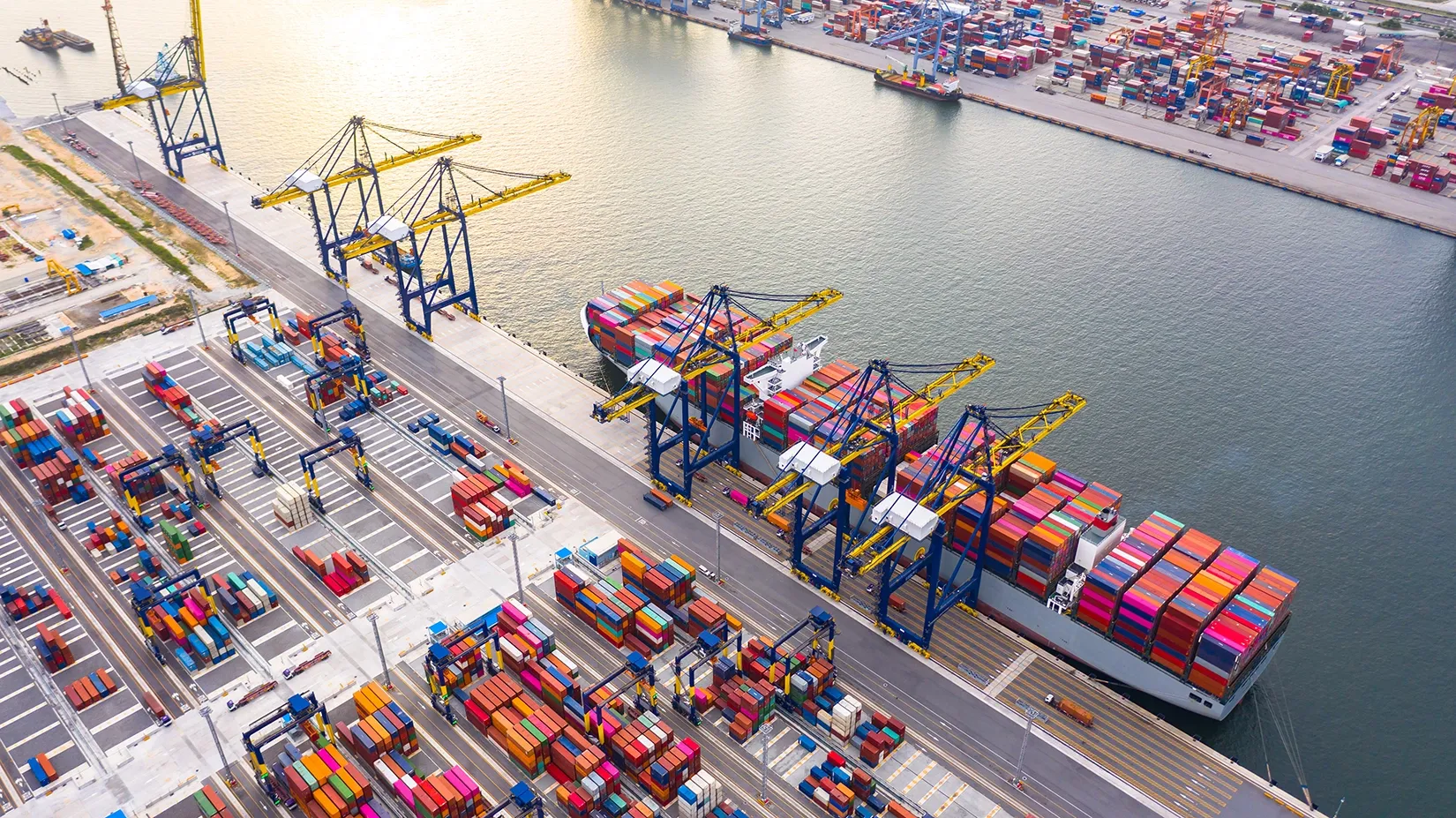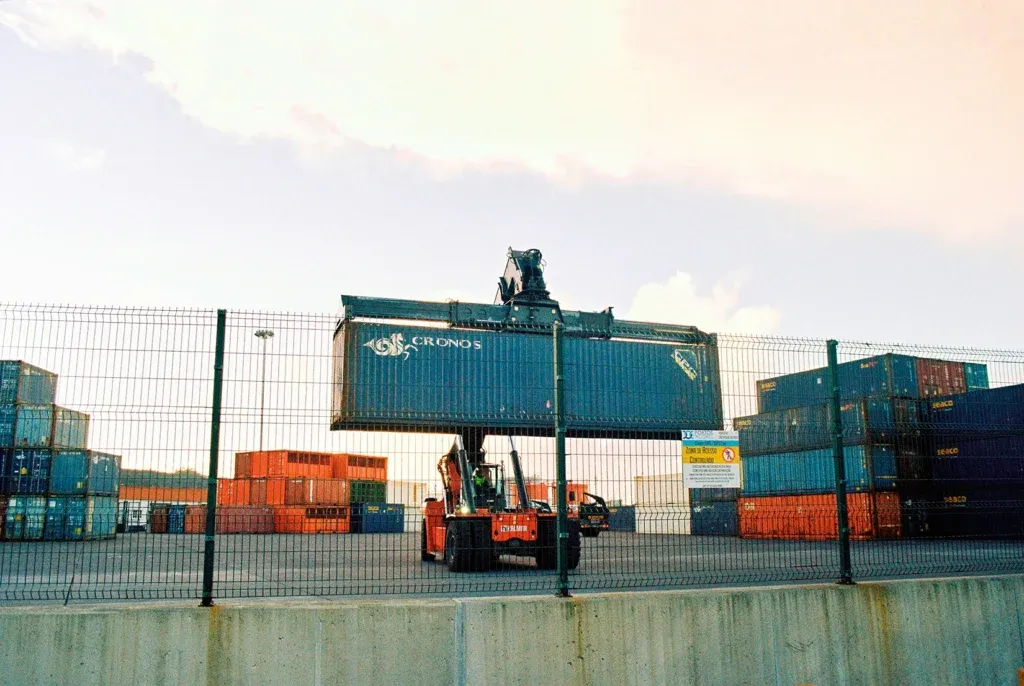Port Congestion and Shipping Delays: Navigating U.S. Supply Chain Bottlenecks

The global supply chain is a complex network in which efficiency is key to maintaining steady trade and economic growth. However, port congestion and shipping delays in the U.S. have created major disruptions, affecting businesses and consumers alike. Multiple factors contribute to these bottlenecks, from pandemic-driven backlogs to labor disputes and infrastructure limitations. Understanding the causes, impacts, and solutions is crucial for businesses to navigate these challenges.
Causes of Port Congestion and Shipping Delays
Several factors contribute to port congestion and shipping delays in the U.S.
Increased Import Volumes
The surge in consumer demand, particularly in e-commerce, has led to record-high import volumes at major U.S. ports. Ports like Los Angeles, Long Beach, and New York/New Jersey often struggle to process the sheer volume of incoming shipments, creating backlogs.
Labor Shortages and Strikes
The shortage of dockworkers, truck drivers, and warehouse personnel slows down cargo movement. In addition, labor disputes and union strikes at key ports exacerbate congestion, leading to further shipment delays.
Equipment and Infrastructure Challenges
Limited availability of shipping containers and chassis, and port infrastructure constraints can lead to inefficiencies in cargo handling. Outdated port systems and insufficient rail connections further delay freight movement.
Vessel Bunching and Dwell Times
Many vessels arrive at ports simultaneously, overwhelming available berths and causing unloading delays. Extended dwell times, when containers remain at ports longer than expected, create storage issues and logistical bottlenecks.
Weather Disruptions and Natural Disasters
Severe weather events, such as hurricanes, heavy storms, and extreme cold, can halt port operations and delay cargo movement for days or even weeks.
Regulatory and Customs Delays
Stringent customs clearance processes, security inspections, and regulatory changes can slow down cargo movement, particularly for international shipments.
Impact of Port Congestion on the Supply Chain
Increased Shipping Costs
Freight rates rise due to delays, with shippers paying premium prices for expedited services or alternative transportation routes.
Inventory Shortages and Stockouts
Retailers and manufacturers face supply shortages, leading to empty shelves, production slowdowns, and lost sales.
Longer Transit Times
What used to be a predictable shipping schedule now involves weeks of uncertainty, disrupting business planning and customer expectations.
Disruptions to Just-in-Time (JIT) Supply Chains
Industries like automotive and electronics, which rely on JIT inventory strategies, are particularly vulnerable to delays, leading to costly production stoppages.
Ripple Effect on Domestic Transportation
Truck and rail transportation are directly impacted, as cargo delays at ports create congestion in inland logistics networks.

Strategies to Navigate Shipping Delays and Supply Chain Bottlenecks
Diversifying Ports of Entry
Shippers can reduce their dependency on high-traffic ports by routing cargo through less congested alternatives, such as Gulf Coast and East Coast ports.
Utilizing Intermodal Transportation
Combining truck, rail, and air transport can help mitigate delays and improve supply chain flexibility.
Improving Forecasting and Inventory Management
Businesses should plan ahead, increase safety stock levels, and leverage demand forecasting tools to prepare for potential disruptions.
Strengthening Supplier and Carrier Relationships
Building strong partnerships with suppliers and logistics providers ensures better communication and priority handling during peak congestion periods.
Leveraging Digital Tools and Visibility Solutions
Advanced tracking, AI-driven analytics, and supply chain visibility platforms help businesses monitor shipments and proactively address delays.
Advocating for Infrastructure Investments
Supporting policies that enhance port infrastructure, labor availability, and technology adoption can contribute to long-term improvements in supply chain efficiency.
Conclusion
Port congestion and shipping delays continue to challenge the U.S. supply chain, impacting businesses across industries. While external factors like demand surges and labor shortages play a role, strategic planning, diversification, and digital optimization can help mitigate disruptions. As global trade evolves, companies must stay adaptable, leveraging technology and logistics solutions to navigate supply chain bottlenecks effectively.
